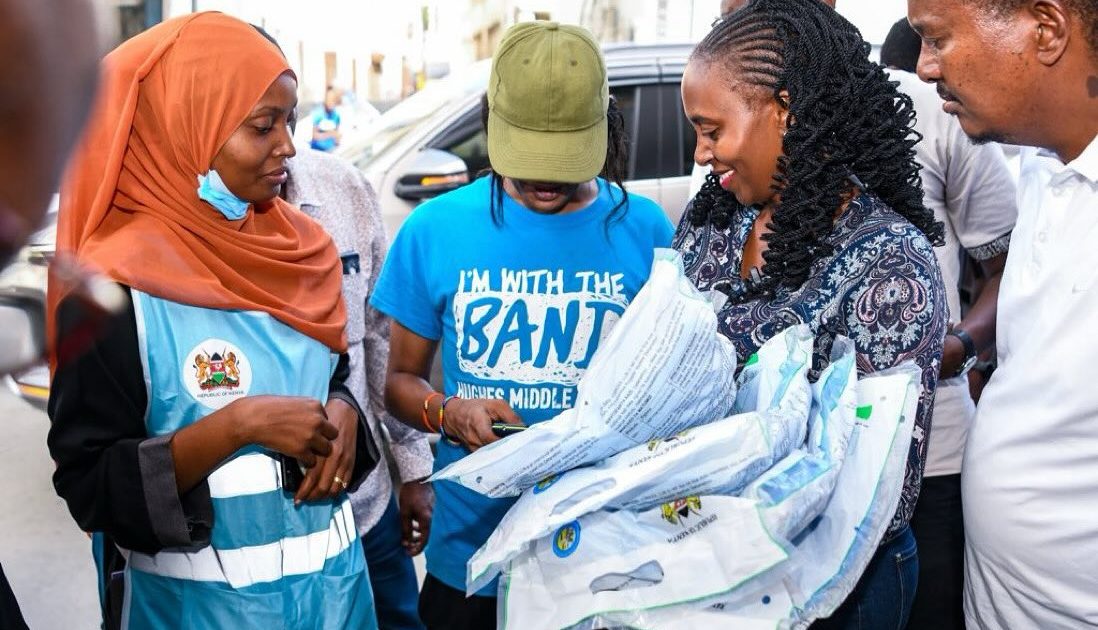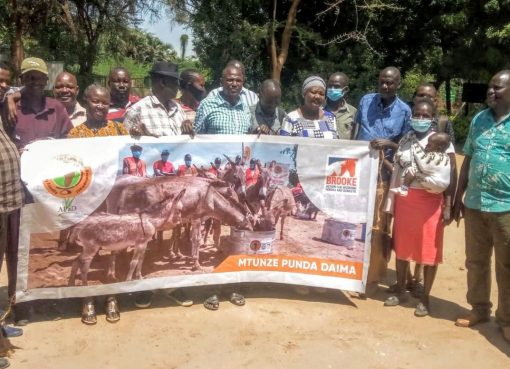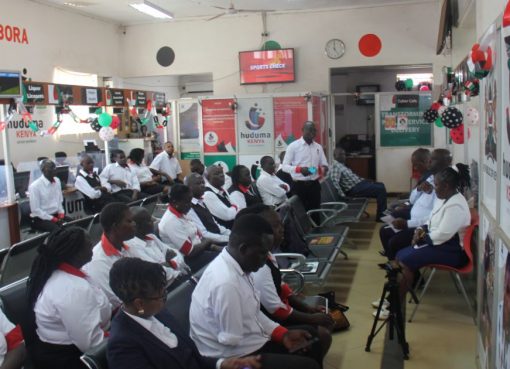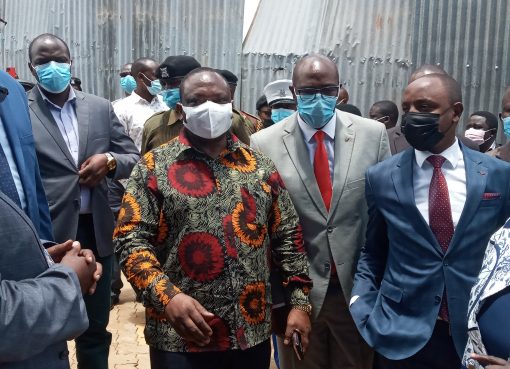As the heavy rains and flooding continue, the State Department for Public Health and Professional Standards, through the National Malaria Control Programme (NMCP), is making significant strides in the fight against malaria with a comprehensive approach to prevention and management across Kenya.
Public Health and Professional Standards Principal Secretary (PS) Mary Muthoni Muriuki said that currently, there is an ongoing distribution of 15.3 million Long-Lasting Insecticidal Nets (LLINs) in 22 counties, protecting a population of 27 million individuals from the risk of malaria.
The PS said that this process, which has involved all stakeholders with 36 National Steering Committee (NSC) meetings held since its commencement, is digitised for transparency and accountability.
“To date, 5.9 million nets have already been issued to households across nine counties, safeguarding 11 million people,” said Ms. Muriuki.
She explained that the distributions include Homa Bay 823,363, Kisii 872,333 nets, Nyamira 412,747, Kisumu 798,625 nets, Siaya 688,429 nets, Migori 808,712, Kwale 542,957 nets, Mombasa 800,556 nets, and Taita Taveta 228,974.
“Starting April 29th, 2024, and the following week, households in the specified counties will receive mosquito nets. Lamu will be allocated 111,053 nets, Tana River 243,770 nets, Kilifi 1,121,621 nets, Trans Nzoia 765,631 nets, Busia 652,471 nets, and Narok 895,161 nets,” said the PS.
According to Ms. Muriuki, the NMCP is also accelerating preparatory activities to ensure the issuance of LLINs in May 2024 in additional counties, including West Pokot, Turkana, Vihiga, Bungoma, Kakamega, Baringo (Marigat, Mogotio, and Eldama Ravine sub-counties), and Kirinyaga (Mwea East and Mwea West sub-counties).
“Furthermore, indoor residual spraying (IRS) was conducted in Busia County in March 2024, covering 95 per cent of target structures, with ongoing activities in Migori County,” said Ms. Muriuki.
She highlighted that last year’s IRS efforts achieved coverage rates exceeding 96 per cent in Migori and Homa Bay counties.
“The NMCP has implemented an elaborate surveillance system that conducts routine epidemiological and periodic entomological monitoring. Standardised data collection tools have been disseminated in health facilities across all 47 counties, facilitating early detection and management of malaria upsurges and epidemics,” she said.
The PS explained that data collected through the Integrated Disease Surveillance System (IDSR) and the Kenya Health Information Management System (KHIS) are reported on a weekly and monthly basis, respectively.
“This data is crucial in detecting malaria upsurges and epidemics, as well as in resource need projections and tailoring malaria prevention intervention packages,” said Ms. Muriuki.
She added that the NMCP ensures the availability of routinely supplied malaria management commodities in counties and central stores in KEMSA and MEDS, maintaining a minimum of 3-month and 6-month stock levels, respectively.
“The NMCP remains committed to working collaboratively with stakeholders and communities to achieve a malaria-free future for all Kenyans,” said Ms. Muriuki.
By Joseph Ng’ang’a





